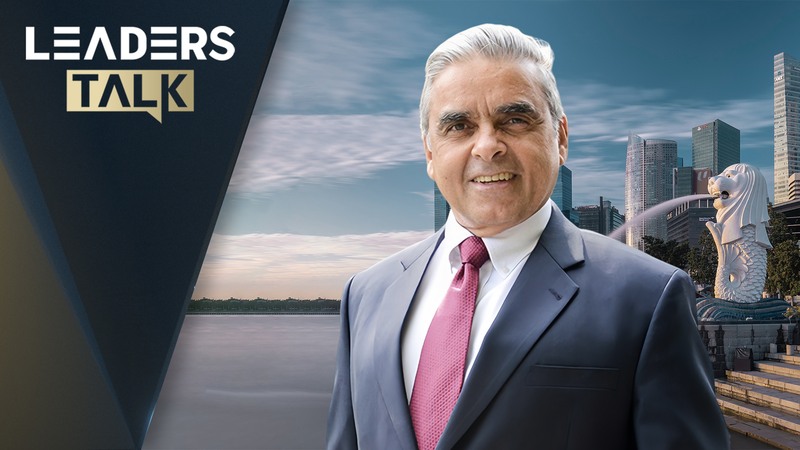Is Trump really desperate to put an end to the Ukraine conflict? 🤔 Recent moves suggest his push for a 30-day ceasefire may be part of a bigger U.S. strategy—a plan to shift focus toward the Middle East.
On March 18, Trump picked up the phone with Russian leader Vladimir Putin, urging him to embrace a mutually beneficial pause in hostilities. Earlier signals from Putin hinted that a break could work, provided Ukraine halts its mobilization and rearmament. But here’s the twist: the Kremlin faces a major hurdle since it lacks an effective mechanism to enforce such a pause if Kyiv continues mobilizing.
While the U.S. temporarily slowed arms supplies to Kyiv, the resumption of these supplies—and the stance of European allies intent on continuing military support—adds layers of complexity to these high-stakes negotiations. The Kremlin’s critical demand remains the complete cessation of foreign military aid and intelligence sharing with Kyiv, a condition that leaves plenty of room for further strategic maneuvering.
In an unexpected move after the call, Putin agreed to curb attacks on energy infrastructure as part of a mutual 30-day ceasefire. This decision underscores how what appears to be a straightforward ceasefire could actually be a recalibration of international priorities, with potential ripple effects across global alliances.
As these dramatic events unfold, they serve as a reminder that in geopolitics, even the simplest proposals can mask complex, far-reaching strategies. Stay tuned as we watch these power moves reshape the future of global conflict resolution.
Reference(s):
cgtn.com




